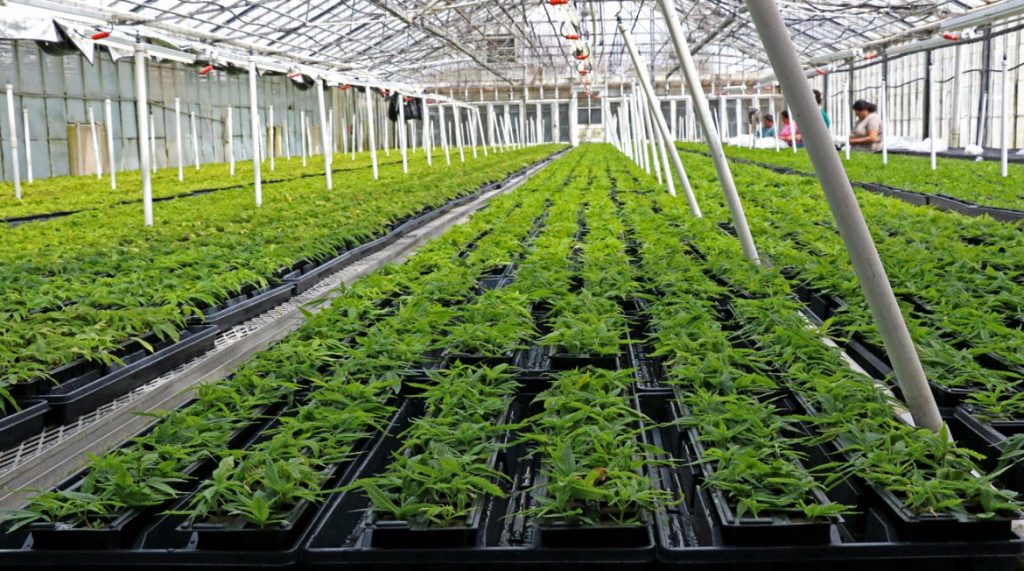Hemp cultivation enjoyed a long and uninterrupted history. Indeed, humankind grew it for millennia without interference. In 1937, however, the Marihuana Tax Act banned cannabis and hemp use in the United States. The nation used its international influence to ensure others followed suit.
Barring a brief respite due to the Hemp for Victory program in World War II, hemp cultivation was completely outlawed for 80 years. Everything changed again thanks to the 2018 Farm Bill. It legalized the growth of hemp with a maximum of 0.3% THC in the United States. However, several nations beat America to the punch.
A handful of farmers started planting hemp due to provisions in the 2014 Farm Bill. However, the latest version is the one that helped production to skyrocket. In 2016, fewer than 10,000 acres of hemp were grown in the entire United States legally. Two years later, that figure increased to almost 80,000 acres. In 2019, over 500,000 acres of hemp was planted.
As technological advances are implemented, expect that already impressive amount to expand rapidly. Growers and producers are discovering innovations that make their jobs much easier. Let’s check out a few in this article.
The TRIUM Model Has Transformed Hemp Transplanting
Traditionally, farmers plant hemp by seed when cultivating it for industrial applications and fibers. However, attention has turned towards growing hemp for the CBD market. This means growing plants with a maximum THC content of 0.3%. As a result, farmers are turning to seedlings and clones instead of seeds. The main issue is the labor-intensive nature of this process.
Agriculture companies have begun adapting their equipment ranges to suit the hemp market. Checchi and Magli (C&M) is a prime example. It has made alterations to existing vegetable transplanting models. Its TRIUM model is one of the best transplanters around. It has three-row and five-row models. There is also a tractor attachment that can support at least three people.
The TRIUM machine even sets and packs hemp seedlings directly in the soil. You can expect this machine to transplant at least 1,200 rows per hour.
Harvesting Hemp Is Now Easier Than Ever
When cultivating hemp for cannabidiol to create products like CBD topicals, it is essential to retain as much CBD as possible. However, hemp farmers face a major problem when trying to harvest their crops. If you harvest ‘wet’ hemp, you could lose up to 3% CBD. Harvesting dry hemp can result in a 5% loss of CBD. This is a serious issue in such a competitive market.
Unfortunately, many hemp farmers end up destroying the hemp flower, which contains the most CBD. However, USA Hemp Harvester is a company with a plan. It has created equipment to help farmers harvest their crops and retain a high level of CBD. Its CBD hemp harvester cuts each plant carefully and places it on a trailer. This process retains the CBD and ensures the hemp harvest maintains its value.
Henry’s Hemp Harvester is another outstanding innovation. It cuts stems rather than the entire plant and harvests flowers. It is relatively small by the standards of harvesting equipment. Indeed, it fits on the back of a pick-up!
Solving Hemp Processing Problems with Technology
Processing remains a problem for hemp farmers and CBD companies. However, technology is once again stepping in to help. Mile High Labs is at the forefront of this particular advance. It developed the Mile High Monster, a machine capable of turning 50 acres of harvested hemp into CBD oil each day! That’s a lot of cannabidiol ready and waiting for infusion in CBD topicals.
It is terrific news for CBD companies. No longer must they spend a small fortune on transporting hemp flowers for extraction. Typically, delays in this process can result in lower CBD content. Thanks to the Mile High Monster, that issue is removed.
Final Thoughts on How Technology Has Helped the CBD Industry
The industrial hemp market is potentially worth over $5 billion today. It could exceed a market value of $25 billion in the next five years. The initial surge in hemp growth was based on a simple premise: Farmers could get rich! The suggestion was that making approximately $50,000 per acre of hemp was a realistic possibility.
The demand for products like CBD topicals is high as research shows the possible benefits. For instance, a study published in Molecules in 2018 specifically showed CBD topicals’ benefits for inflammation and pain. However, hemp farmers are not generating the anticipated returns. Fortunately, it seems as if technological innovations are removing obstacles relating to processing and harvesting.
This ensures that companies can create the best CBD vape cartridge, oils, topicals, gummies, and much more. If you want to learn more about the industry’s top-ranking brands and how they do things, check out WayofLeaf. This industry-leading website reviews hundreds of CBD brands and provides up-to-date information on the CBD market.
About the Author
The author, Kayla Burns is a Canadian writer who was born and raised in Vancouver. After graduating from the University of British Columbia, she moved to the United States. From there, she began to plunge headlong into her passion, which is health and fitness. Detailed studies revealed that marijuana and hemp potentially had an enormous range of benefits. Kayla has since dedicated her career to understanding these plants, and she regularly writes informative content for WayofLeaf.
